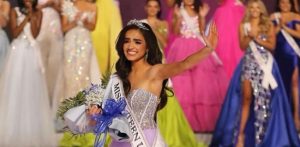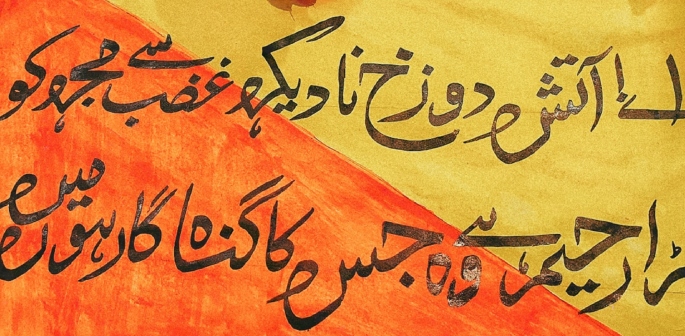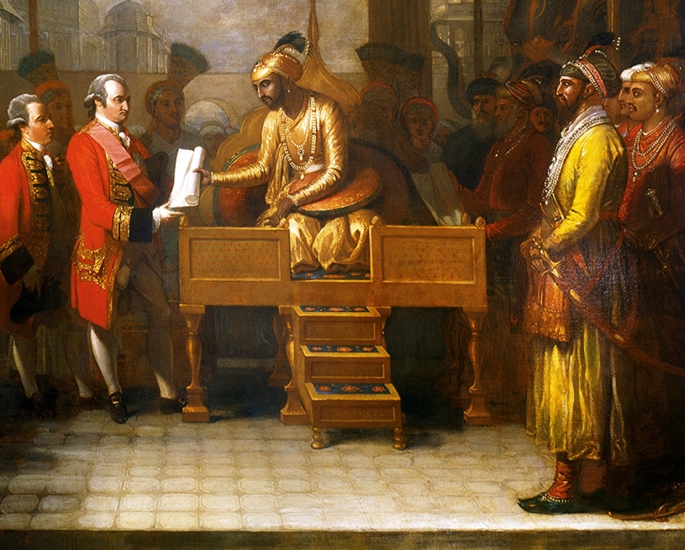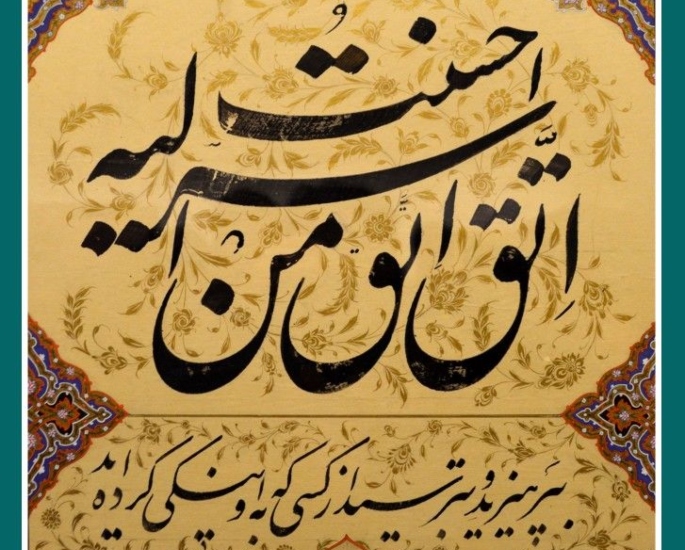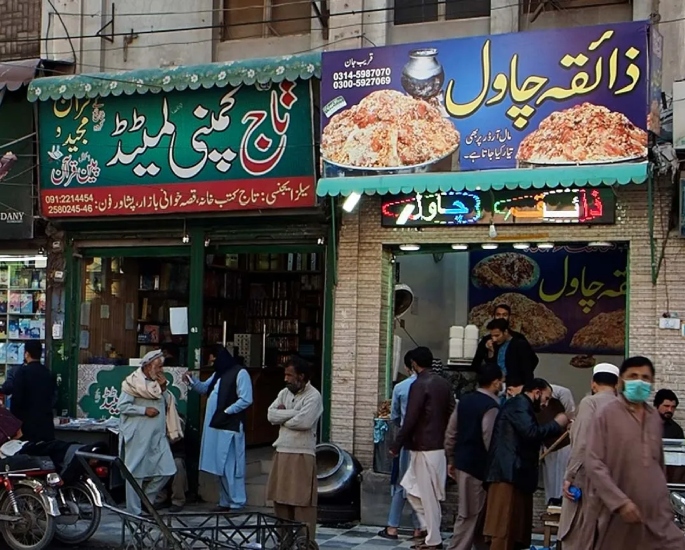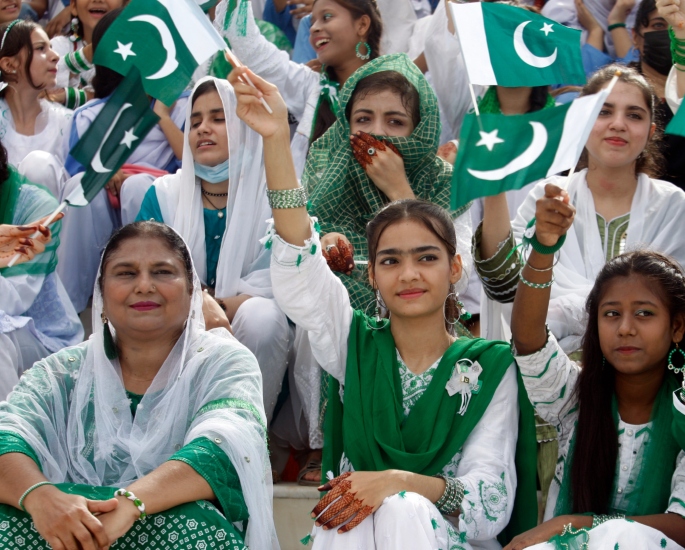Urdu became the national language after 1948
We all know that South Asia has a deep wealth of languages, both past and presently used. These include a very diverse range of dialogues from Urdu to Hindi.
Other languages such as Tamil, Farsi, and Bengali – to name a few – have also graced South Asia and enriched its history.
But one language that is more popular than usually thought of is Urdu.
Urdu, as one may know, is Pakistan’s common language. But it is not only spoken there. It is also a language spoken in India and is a minority language in Bangladesh and Nepal.
With over 230 million speakers worldwide, the language ranks tenth as the most-used language globally.
But, Pakistan has an estimated 73 dialects and languages. So what makes Urdu an ideal language, and why was it chosen to be the country’s national language?
A Brief History of Urdu
Urdu started developing sometime between the 6th and 13th Centuries AD. It became a common tongue spoken by both those in modern India and Pakistan.
It developed heavily through literature and is perhaps most well-known for its usage in poetry.
The dialect began to get noticed by the British, with various linguists, who called the spoken language around them Moors dialect.
But Urdu became the local language used by the British Administration in India, at first in 1837 by the British East Indian Company.
Standard forms of Hindustani did exist before the colonial era, however.
Urdu was taught by the British to their officers alongside English so that they could make sense of Indian society at the time and in their view, rule it better.
When the language became more popular in the 19th Century, Persian was the dialogue of the Mughal rulers.
Despite this, the Mughal Empire’s fascination with Urdu meant it thrived in literature and poetry.
Given this timeline, it may come as a surprise to know that Urdu is not the mother tongue of Pakistanis.
Urdu, the national language, is not usually the first spoken tongue. A 2006 study by the Pakistani Government found that 7.57% of Pakistan’s population has it as a first language.
This may baffle some people, but rest assured that it makes sense.
This is because, for most Pakistanis, the regional dialect takes preference as the mother tongue. These regional dialects often overlap with Urdu and can be understood by those speakers.
A person in Lahore might have difficulty speaking in their dialect with someone in Quetta. But, as they both know and understand Urdu, they can communicate and connect.
Another reason it is not the first language is that English is also a state language. This would mean that English and Urdu would share the second and third languages any given Pakistani would know.
The exception is the Muhajirs, Muslim migrants from Partition, who speak Urdu as a first language.
Mutual Intelligibility with Hindi
The mutual intelligibility of Urdu with Hindi also has helped with the general acceptance of Urdu as a viable language in Pakistan.
In general spoken form, Urdu speakers and Hindi speakers should be able to understand each other.
However, Urdu uses a different written script, with some differences. It is called “Nastaliq” – a modified form of Persian and Arabic scripts.
Although, the language has some influence from Sanskrit.
Hindi uses the Devanagari script, which also derives direct influence from Sanskrit.
There are extra characters and sounds in Urdu that are not represented by it.
Since Hindi-Urdu was a commonly spoken language, it was already well placed when independence and the creation of Pakistan occurred.
Urdu is also used in India, far beyond the shared nature of Hindustani. The script and form enjoy usage inside India.
It faces the threat of being removed by the rising call of some nationalists who claim that Urdu is representative of a foreign culture.
But the evidence points to the fact that Urdu developed on the Indian subcontinent entirely.
The Modern History
There is a common understanding that has been repeated by Pakistanis online and in conversations about why Urdu became the national language.
This is that no one ethnic group was to be favoured, so the national language had to be generally neutral.
It is a sentiment echoed by the country’s founder Muhammad Ali Jinnah.
Bengali was also seen as a contender by those in East Pakistan (now Bangladesh), as it was spoken by 56% of the population of Pakistan at the time.
Though, amongst much debate and the preference for an indigenous language by some, the implementation of Urdu was at the insistence of Jinnah.
Urdu had been the main language of the independence movement, which prompted its supporters to advocate for its usage.
Though, the implementation of the dialect did not happen at first. The official language was English in 1947, but Urdu became the national language after 1948.
There have been difficulties in making Urdu the language for education, as some argued that English is better as it is an international language. This is amongst other issues of implementation officially.
Despite this, Urdu, spoken by most Pakistanis, has flourished as the national language of Pakistan.
The further separation between the dialogue and Hindi occurred with the development of a third standard.
Two standards of Urdu developed in Delhi and Lucknow, but a third one formed in Karachi after the Partition. This has been alongside the flourishing of modern Pakistani literature.
Beyond this, Urdu in Pakistan uses more words and changes based on Pakistani languages, such as Pashto, Punjabi, Sindhi, Balti and Bengali.
A Language Beyond Faith
We have seen different faith groups making claims to Urdu.
There is a theorised connection to Islam due to its Persian and Arabic roots. It is Pakistan’s most followed religion.
But whilst there was influence from faiths, it is not the full picture to say that it is connected to any faith.
For one, there is a recorded history of the intertwining of Hindu and Muslim cultures in Urdu’s development.
When Urdu became the dominant language with the Indian upper classes, it was due to the accessibility of Urdu to all Indians, regardless of faith.
This was at the end of the Mughal Empire when there had been a desire to keep Persian as the main language. But this policy failed to take root.
There was an ambitious idea to make Persian the international language of Muslims, which would have theoretically kept the empire connected to Islam in culture.
But those in the Indian upper class were writing for a wider Indian audience.
Urdu has been prominent for centuries in South Asia, widely understood by most people in Pakistan. Through art and literature, it has spread widely.
Though its influence in the political sphere started through British usage, it was due to Urdu’s already wide usage as a local language.
Despite the various political myths, Urdu does not belong to one religion, symbolising South Asia’s incredible diversity and complex mixing of cultures.
Urdu, a language inspired by Farsi, Turkish, Arabic, Sanskrit, and more, does not favour any one ethnic group.
It is indeed a historical language to be prominent in Pakistan.



























